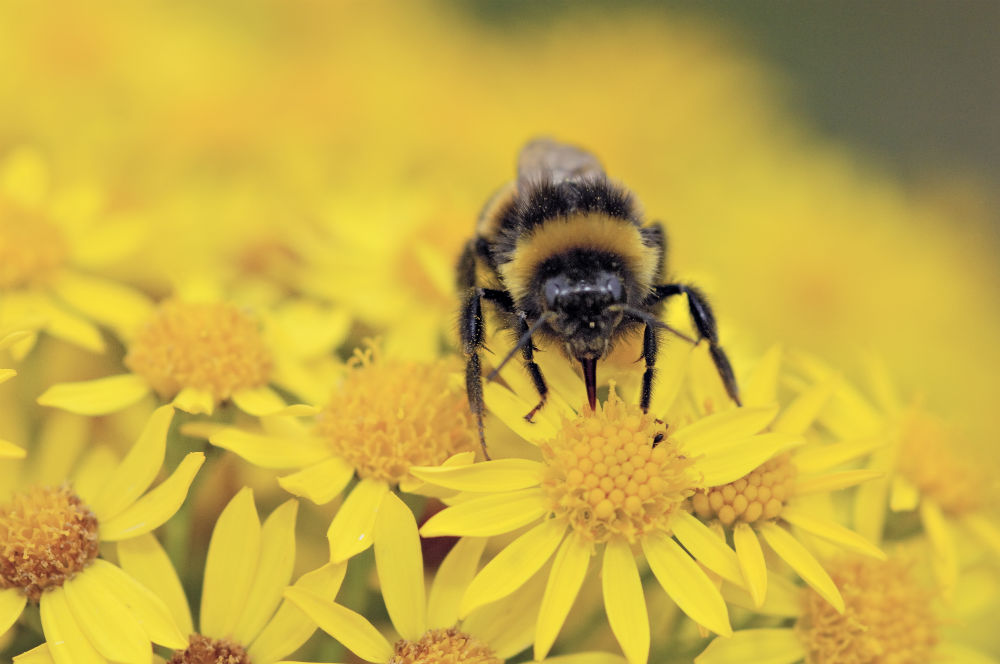THE construction and planning industry are being encouraged to do more for butterflies and bees in our town and cities by a public body looking after Scotland’s Nature.
Scottish Natural Heritage (SNH) published new guidance for the planing and construction industry to create a more resilient and nature friendly urban environment.
Bees, wasps, butterflies and other insects that create pollin are facing difficult challenges due to changes in land use, habitat loss, diseases, pesticides and climate change.

The new guide offers advice on how best to fit pollinators into urban design and construction with a series of easy to follow steps to suit all project budgets and sizes.
Wildflower meadows, flowering trees, hedgerows, nectar-rich plants and herbs, window boxes, green roofs, living walls and sustainable drainage systems can all help expand the habitats of pollinators.
As well as helping nature, these simple steps create more attractive environments for living, working and travelling, support local authorities in meeting biodiversity priorities and contribute to developers’ corporate social responsibility.
Improving pollinator habitat can also help save money – for example the cost savings from reducing the mowing of parks and road verges.

SNH Chief Executive Francesca Osowska said: “The recent State of Nature report set out clearly the pressures our biodiversity is under and, like much of our wildlife, pollinators are facing a multitude of challenges.
“Improving our urban greenspace will provide vital habitat and can also help us adapt to and mitigate climate change.
“High-quality developments that protect and enhance our nature are good not just for businesses but importantly for people too, with attractive greenspace in urban areas known to boost our health and wellbeing.
“I’d encourage everyone in the sector to take a look at this guide and consider how they could do more to plan for pollinators and help create a nature-rich future for everyone in Scotland.”
